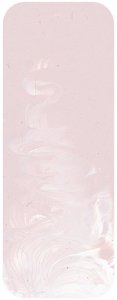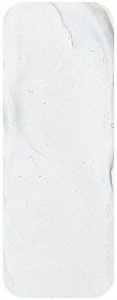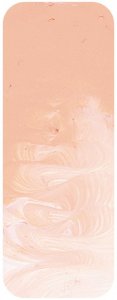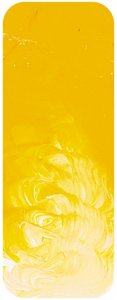Description
Portraiture has a long and esteemed history that goes back to the highly stylized images created by the Greeks and the Egyptians. The middle ages saw the advent of religious iconography and royal family members as portraiture subjects. However, it was during the Renaissance that many innovations in portraiture evolved. The tradition of the portrait miniature began which remained popular until the advent of the photographic age. One of the challenges for both modern and ancient portrait artists is the ability to create realistic flesh colours, as skin is composed of a number of tones and varies with different light conditions. In response to this problem, Matisse has tailored three specific colours that can be used as a basis for recreating light, medium and dark skin tones. Skin Tone Deep, as the name suggests, is an ideal base for recreating darker skin tomes. It is composed of the pigments Raw Umber, Transparent Red Oxide and Phthalocynine Green. Although this colour can be used directly from the tube, it is designed to be modified with additional Matisse colours to create depth and highlights. Just as people are not one flat colour, the artist needs to approach painting flesh colours with a range of tones to crate depth. One way to do this is to mix a range of colours using Matisse Skin Tone Deep as a base. If a real subject is being used, a photograph can be used to create a range of skin tones on a palette. Using the photograph as a reference, the artists can mix a Matisse Skin Tone Dark with other colours until the desired shades are achieved. Adding small amounts of dark colours to light colours is more desirable and efficient than adding light to dark. While it is difficult to suggest formulas for blending without reference to particular subjects. Other acrylic colours to consider when blending skin tones are: Titanium white, Cadmium Red, Cadmium Yellow Medium, Yellow Oxide, Burnt Sienna, Burnt Umber, Cobalt Blue and Phthalocynine Green. If the artist is experimenting with creating skin tones and a real life willing subject is not available, the artist??s own hand can be used a reference.









